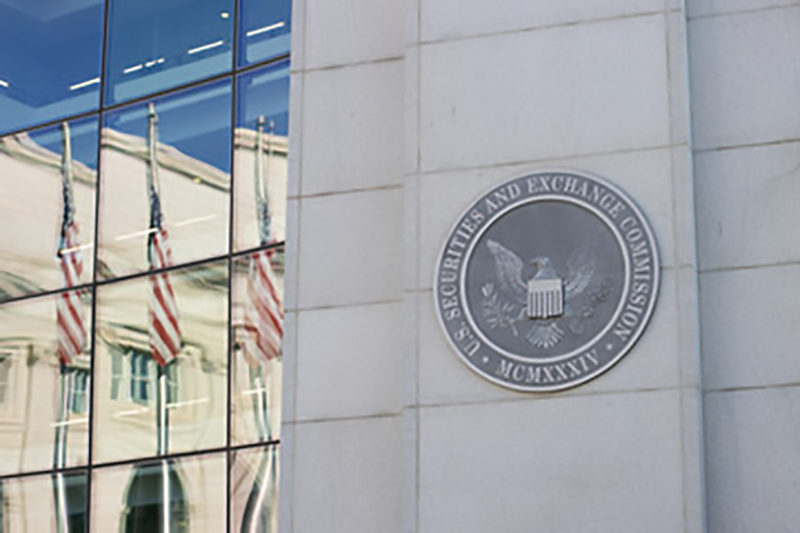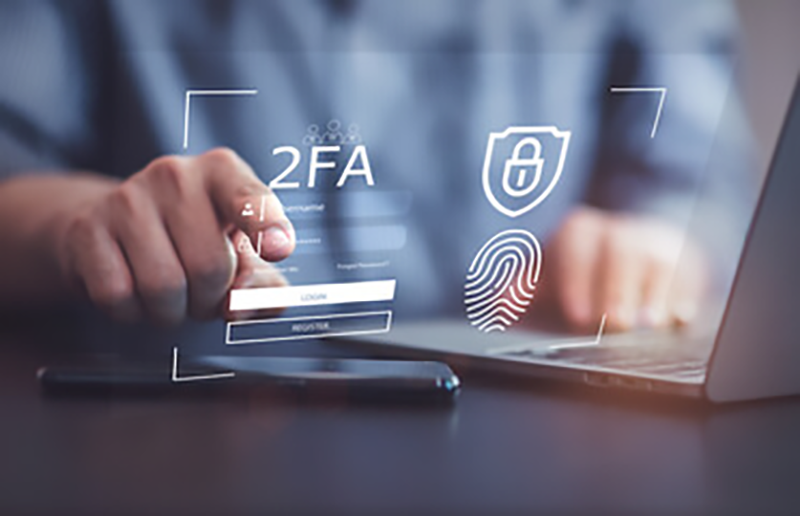Did you know that nearly half of all Internet traffic isn’t even human? A recent report shows that bad bots now make up almost 50% of this traffic.1
While bots can serve useful functions, botnets are detrimental to your systems as they become smarter and more difficult to detect and control.
These botnets stand out as silent but dangerous Cybersecurity threats you need to know about.

What Are Botnets?
Botnets are a network of devices and computers connected online and controlled by an attacking party without the owners’ knowledge. These devices, often called “zombies,” follow commands from a hacker or a group. The hacker uses special software to take control of many devices at once.
If your computer, phone, or even a smart device like a security camera gets infected with malware, it might secretly become part of a botnet. This means your device could be used to do bad things online, like sending spam and phishing emails, running distributed denial-of-service (DDoS) attacks, spreading malware, or attacking websites.
You might not even notice if your device is part of a botnet. It can work in the background, doing tasks for the hacker while you go about your day. That’s why they’re called a “silent threat.”
Who Is At Risk For Botnets?
Anyone who uses the Internet can be at risk for botnets. It doesn’t matter if you’re using a computer, smartphone, or even smart home devices. Hackers target any device connected to the Internet that isn’t properly protected.
In late May 2024, the US Federal Bureau of Investigation (FBI) made an arrest in a case they called “ripped from a screenplay.” They shut down a botnet service known as “911 S5,” which had infected millions of devices in nearly 200 countries. This botnet was massive—the biggest ever seen—and was used to commit crimes like financial fraud, identity theft, bomb threats, and even distributing illegal content.
The person accused of running this botnet used the money they made from selling access to it to buy fast cars, luxury watches, and expensive properties across multiple countries. This operation shows how dangerous botnets can be and how they can affect millions of people worldwide.
Every year, the share of harmful bot traffic on the Internet grows. This means the risk is increasing for everyone. Even one mistake could turn your device into a part of a botnet, contributing to crimes without you knowing.
The Future Of Botnets
Botnets are already dangerous but they’re becoming even smarter as they evade detection. With the rise of artificial intelligence (AI), hackers are finding new ways to make botnets more powerful.
Hackers are already using AI to control botnets automatically, choosing the best targets and methods without needing much effort. This could lead to faster, more unpredictable attacks.
For example, an AI-powered botnet could learn from its mistakes. If one type of attack fails, it could quickly change its approach and try something else. It could also scan the Internet for vulnerable devices faster than humans ever could, infecting more computers and smart devices in less time.
Even your smart home devices, like cameras, doorbells, or thermostats, could be at risk. As more of these gadgets connect to the Internet, they create more opportunities for botnets to spread.
This means you’ll need to be extra careful in the future. Keep all your devices patched with the latest security fixes, use strong passwords and multi-factor authentication (MFA), and think twice before clicking links or downloading apps and files.
Use endpoint protection to detect and block malware that hackers use to take control of your devices. It also monitors network activity to spot and stop suspicious behavior, thus keeping your devices safe from becoming part of a botnet raid.

FAQ
Are Botnets Illegal?
Yes, botnets are illegal when used for malicious activities like hacking and fraud. Controlling devices without permission violates laws in most countries. However, botnet-like systems can be used legally for tasks like Cybersecurity testing, but only with full consent.
What Is The Difference Between Bots & Botnets?
Bots are automated programs that perform specific tasks, like web scraping or sending messages. Botnets are networks of infected devices controlled by a hacker, often used for malicious purposes like launching attacks or spreading malware.
Is Botnet A Threat?
Yes, botnets are a serious threat. If malware infects your systems, they could join a botnet and be used for attacks on other networks and damage your organization’s reputation and security. 2Secure helps protect you with testing simulations to identify vulnerabilities and endpoint protection solutions to protect all your devises and stop botnet attacks before they even occur.

Source:
- 2024 Bad Bot Report. (n.d.). Resource Library. https://www.imperva.com/resources/resource-library/reports/2024-bad-bot-report/




